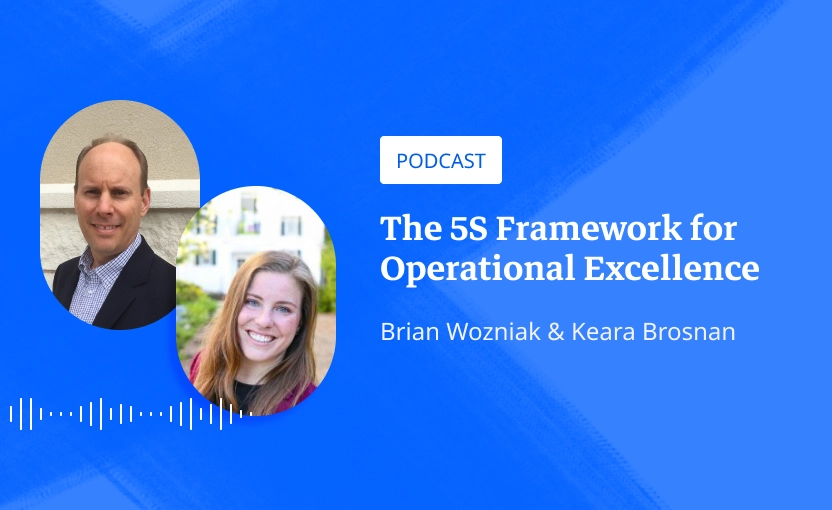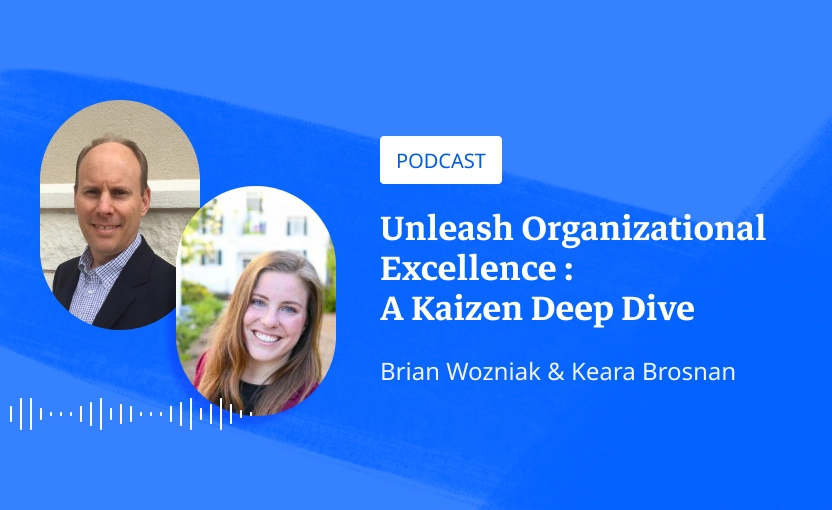Hey, let’s start your
iObeya journey!
In this podcast episode, Carol McEwan delves into the intriguing world of visual management systems . In this blog post, we’ll explore the key insights from this conversation and shed light on how businesses can leverage visual management to enhance their operations, particularly in the context of lean, agile, digital, and other business transformations.
Visual Management: The Basics
At its core, visual management is all about using visual cues to convey information quickly and efficiently . Consider everyday examples like traffic lights or road signs – they communicate vital information without the need for extensive interpretation. In a business setting, visual management takes the form of tools such as kanban boards, scrum boards, burn-down charts, graphs, and charts . These tools provide teams with clear, visual representations of their work and progress.
Visual Management Systems: Connecting the Dots
A crucial distinction lies in the transition from using individual visual management tools to establishing a comprehensive visual management system. This shift involves connecting various components, such as “obeyas” (Japanese for “big rooms”) , which serve as central hubs for making information visually accessible to all relevant stakeholders.
Visual management systems create a bridge between an organization’s strategy and execution. They empower teams to understand how their work aligns with broader objectives, promoting greater employee engagement and participation.
The Benefits of Implementing Visual Management Systems
Implementing a visual management system offers a multitude of benefits for businesses:
- Enhanced Strategy-Execution Alignment: Teams gain a better understanding of how their work contributes to overarching goals, fostering a sense of purpose and engagement.
- Waste Reduction: Visibility into processes allows organizations to identify and eliminate inefficiencies, reducing waste and optimizing resource allocation.
- Improved Decision-Making: Visual management systems enable quicker and more informed decision-making by providing real-time data and insights.
- Adaptability: In times of change, such as the pandemic, having a visual system in place enables organizations to respond swiftly and effectively to evolving circumstances.
Challenges and Common Mistakes
Implementing a visual management system is a journey, not a destination. Businesses may encounter challenges such as:
- Underestimating the Scale: Developing an enterprise-wide visual management system is a significant undertaking. It’s essential to start small and gradually expand to avoid overwhelming the organization.
- Lack of Ongoing Maintenance: Just as a garden requires regular care, visual management systems need continuous maintenance. Assign specific roles and responsibilities to ensure the system remains effective.
The Role of Leaders in Business Transformation
Fostering Autonomy and Transparency
Closing Thoughts
Visual management systems are powerful tools for organizations seeking to align their strategies with execution, eliminate waste, and make informed decisions swiftly. By starting small, maintaining the system, and actively involving leaders and employees, businesses can harness the full potential of visual management to thrive in an ever-evolving business landscape.
As Carol and Keara hinted, there’s much more to explore in the realm of visual management systems. Stay tuned for future podcasts where they dive deeper into this fascinating subject.






